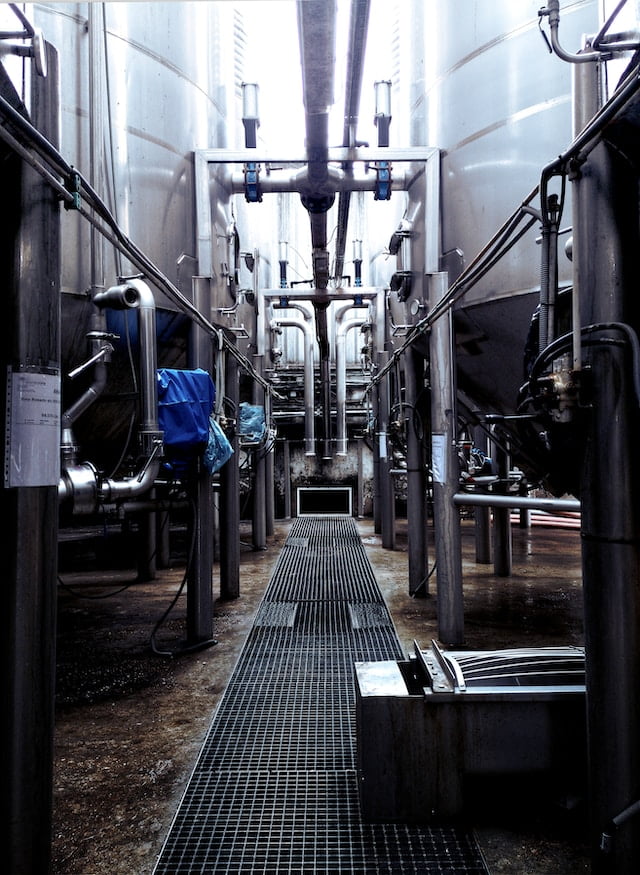
In today’s industrial and manufacturing environments, maintaining the optimal performance of pneumatic systems is paramount. Contaminants, moisture, and impurities can significantly affect the efficiency and longevity of equipment, leading to costly repairs and downtime.
To combat these issues, many businesses turn to inline air dryers, which are an essential component of their compressed air systems. In this guide, we’ll explore valuable maintenance tips to keep your inline air dryer, including desiccant air dryers, in peak condition.
Table of Contents
Understanding Inline Air Dryers
Inline air dryers, often referred to as desiccant air dryers, play a crucial role in removing moisture and contaminants from compressed air. They are particularly vital when your application requires clean, dry air to prevent corrosion, freezing, and damage to sensitive equipment.
Regular Inspection and Cleaning
One of the fundamental maintenance tasks for inline air dryers is regular inspection and cleaning. Begin by checking the dryer’s inlet and outlet ports for any obstructions or buildup of contaminants. Ensure that the air filters and desiccant material are clean and free from clogs or damage.
Monitor Desiccant Material
The desiccant material inside the dryer has a finite lifespan, and its effectiveness diminishes over time. Depending on your usage and environmental conditions, the desiccant may need replacement at regular intervals. Some dryers come equipped with indicators that signal when the desiccant needs changing. Follow the manufacturer’s recommendations for replacement intervals.
Check for Leaks
Air leaks in the system can reduce the efficiency of your inline air dryer. Inspect all connections, hoses, and fittings for any signs of leaks. Fix any leaks promptly to ensure that your dryer operates at its optimum capacity.
Optimize Drainage Systems
Moisture removed from the compressed air collects in the dryer’s reservoir. It’s crucial to maintain the drainage system to prevent the buildup of moisture, which can lead to contamination. Regularly inspect and clean the drainage valves and lines to ensure proper functioning.
Monitor Pressure and Temperature
Inline air dryers work within specified pressure and temperature ranges. Exceeding these limits can affect their performance and lifespan. Regularly check and monitor the pressure and temperature in your compressed air system to ensure they are within the recommended range.
Scheduled Maintenance
Consider implementing a scheduled maintenance program for your inline air dryer. This may involve routine inspections, filter replacements, and desiccant material changes. A well-documented maintenance plan helps prevent unexpected downtime and ensures the long-term reliability of your dryer.
Follow Manufacturer Guidelines
Always adhere to the manufacturer’s guidelines and recommendations for maintenance and operation. These guidelines are designed to maximize the efficiency and longevity of your inline air dryer.
In conclusion, inline air dryers, including desiccant air dryers, are crucial components of compressed air systems that require clean, dry air for various applications.
By following these maintenance tips and conducting regular inspections, you can ensure that your inline air dryer operates at peak efficiency, extends equipment life, and minimizes costly disruptions to your operations. Prioritizing maintenance will ultimately save you time and money while improving the overall performance of your compressed air system.





